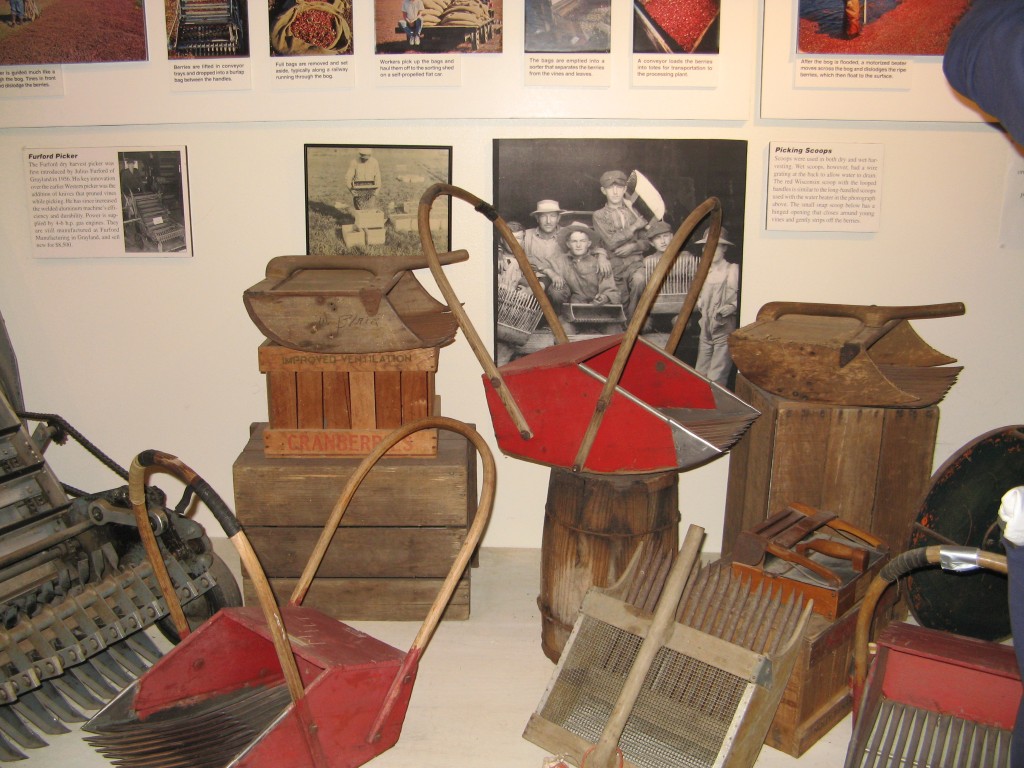
Traveling in a motor home is similar to those tour guided trips, in some respects. If its Tuesday, I must be in Monroe?
Confusion reigns, did we find that book store in Seaside? Or was it Ilwaco?
Today is fly home to California for a week.
Looking back over the past five weeks, we passed through different communities, each with its own particular quirk, or theme, or commerce, political bent, or historical reason for being. Local notables remain unknown to outsiders. Like d'Auberville, (yesterday's blog) the man who washed up in Ilwaco, Wa. after crossing the Pacific. They remain unsung except in their own small communities. Such a man was Ranald MacDonald, the son of a Hudson's Bay Company official and Princess Sunday, daughter of a Chinook Indian Chief. Ranald believed there was a connection between American Indians and the Japanese. In 1884, at age 24, alone in a small boat, he deliberately defied a 200 year old imperial edict, which barred foreigners from Japanese soil and threatened intruding Christians with fierce reprisals. He deliberately scuttled his boat within sight of villagers on Rishiri island and presented himself as a castaway.
Jailed, then freed, he taught English to 14 Japanese interpreters and learned enough Japanese to compile a glossary. He broke the "wall of fire" into Japan that later resulted in opening of trade. There is a renewed interest in this exceptional man and the Clatsop County, WA Historical Society is researching his life.


















































